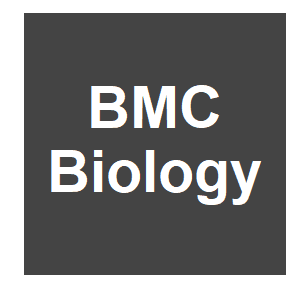Modeling confinement and reversibility of threshold-dependent gene drive systems in spatially-explicit Aedes aegypti populations

|
H. M. Sánchez C, J. B. Bennett, S. L. Wu, G. Rašić, O. S. Akbari and J. M. Marshall,
BMC Biology,
18:50.
2020.

The discovery of CRISPR-based gene editing and its application to homing-based gene drive systems has been greeted with excitement, for its potential to control mosquito-borne diseases on a wide scale, and concern, for the invasiveness and potential irreversibility of a release. Gene drive systems that display threshold-dependent behavior could potentially be used during the trial phase of this technology, or when localized control is otherwise desired, as simple models predict them to spread into partially isolated populations in a confineable manner, and to be reversible through releases of wild-type organisms. Here, we model hypothetical releases of two recently engineered threshold-dependent gene drive systems—reciprocal chromosomal translocations and a form of toxin-antidote-based underdominance known as UDMEL—to explore their ability to be confined and remediated.
More related to this: Recent advances in threshold-dependent gene drives for mosquitoes Threshold-Dependent Gene Drives in the Wild: Spread, Controllability, and Ecological Uncertainty Threshold-Dependent Gene Drives in Wild Populations – A Podcast Gene drive systems in mosquitoes: rules of the road Can CRISPR-based gene drive be confined in the Wild? A question for molecular and population biology
|



